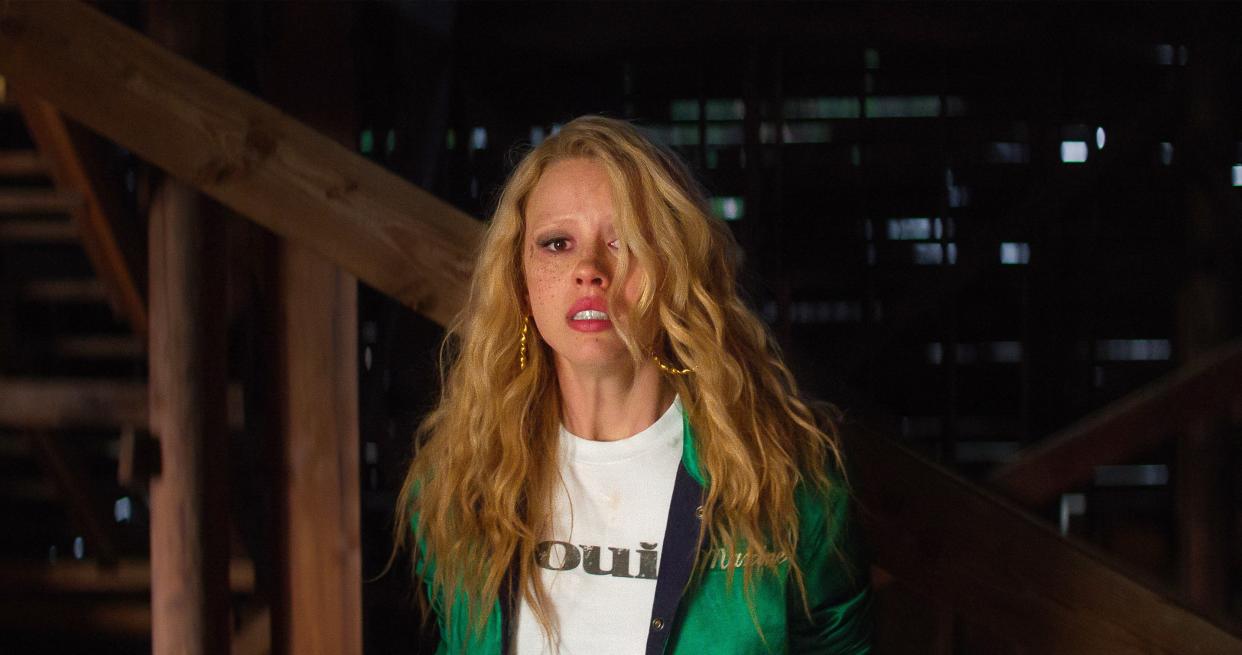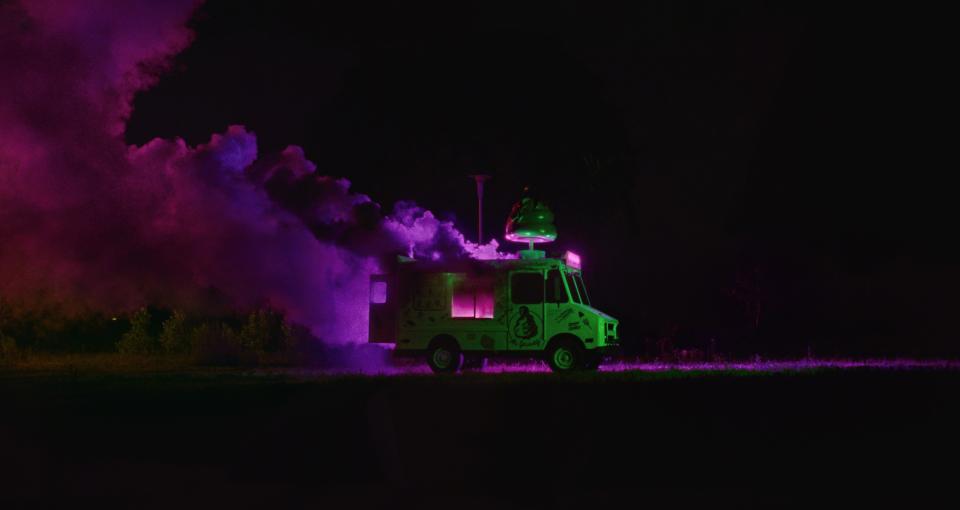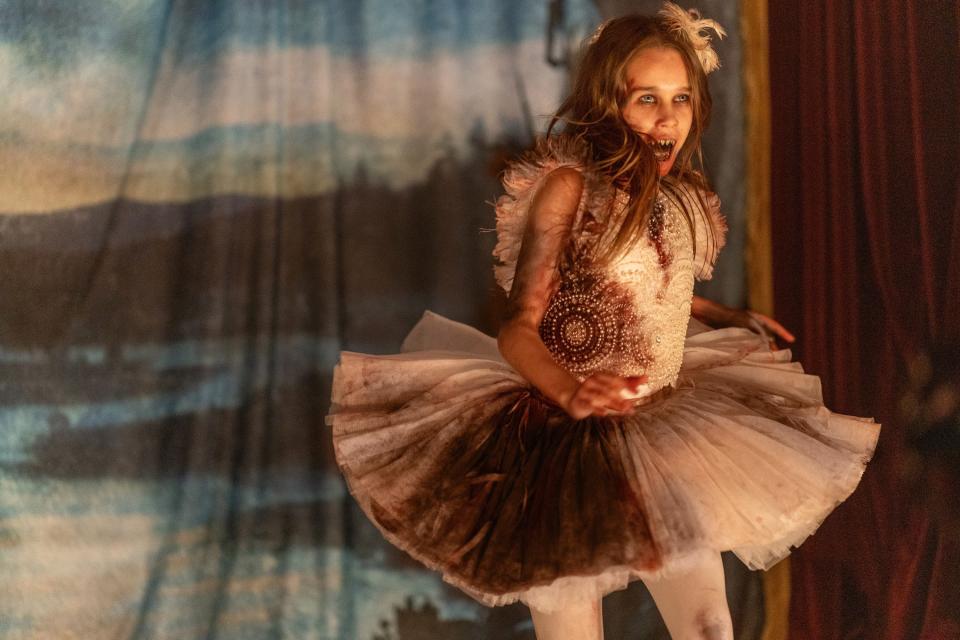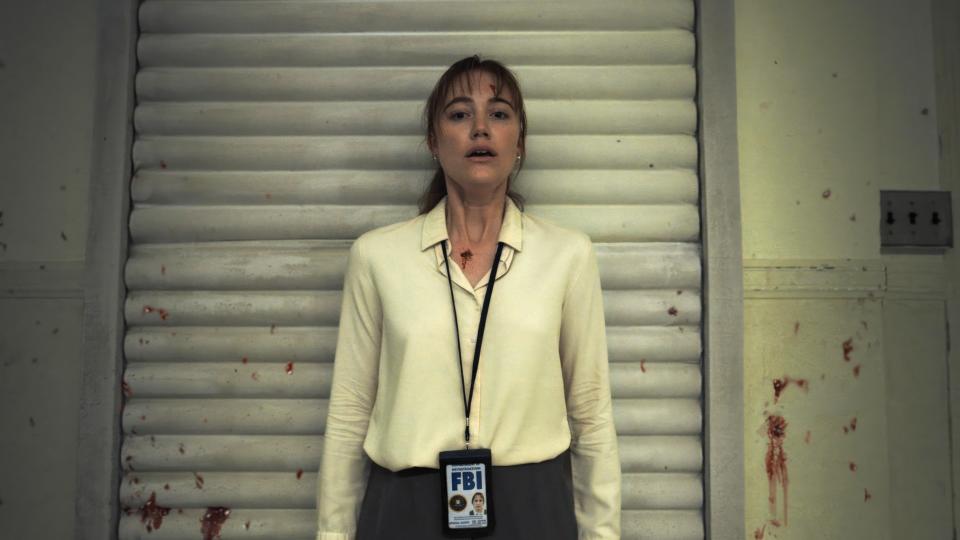3 Lessons We’ve Learned at the Midpoint of a Strange Year for Horror Movies

Even as the 21st century has seen virtually every longstanding pillar of the Hollywood business model challenged (and in some cases destroyed), the endless profitability of horror movies has remained a comforting truth in an era of uncertainty.
In many ways, the genre’s business fundamentals have rendered it immune to the winds of change that have sent the rest of the industry into a state of turmoil. Horror films can be produced incredibly cheaply, seldom rely on expensive stars, enjoy a loyal built-in fanbase, and thrive on a level of immersion that incentivizes fans to take trips to theaters rather than streaming at home. Those factors have long combined to form something of an economic moat around horror movies, allowing the genre to remain a profitable corner of studio balance sheets in even the most trying years.
More from IndieWire
From “M3GAN” and “Smile” to “Cocaine Bear” and “Talk to Me,” the 2020s have seen plenty of horror breakouts in the prototypical mold: Low budget, original projects that ride strong word of mouth to become worldwide hits with staggering profit margins. But 2024 has yet to deliver a horror hit on that scale. Blumhouse efforts “Night Swim” and “Imaginary” turned respectable profits, but boasted neither the cultural relevance nor the nine figure hauls of some of its bigger recent hits. Universal’s “Abigail” seemed like a horror slam dunk on paper given its cast and direction from horror hitmakers Matt Bettinelli-Olpin and Tyler Gillett, but it flopped at the box office amid largely negative reviews.
It hasn’t been all bad news, though. Some of the buzziest projects to emanate from prestige festivals have been horror adjacent-films, from Jane Schoenbrun’s Sundance hit “I Saw the TV Glow” to Coralie Fargeat’s Cannes sensation “The Substance.” Lionsgate also turned “The Strangers: Chapter One” into the year’s top grossing horror film to date with the help of a buzzy viral marketing campaign. And the second half of the year is set to bring highly anticipated horror sequels like “MaXXXine” and “Smile 2” that could boost both the genre’s reputation and the year’s overall box office amid a thin summer blockbuster slate.
With 2024 nearly halfway in the can, here are three major takeaways from what has so far been a puzzling year for horror movies.

1. Horror Isn’t Just Horror Anymore
When Jane Schoenbrun’s “I Saw the TV Glow” hit theaters last month, it was accompanied by an unparalleled honor in online cinephile circles: A positive Facebook post from Paul Schrader.
The famously crusty auteur heaped praise on the horror-tinged trans coming-of-age saga, writing that “Jane Schoenbrun is hands down the most original voice in film in the last decade. But also confounding. Do ‘We’re All Going to the World’s Fair’ and ‘I Saw the TV Glow’ have a genuine niche in the commercial indie horror market or are they unicorns? Either way, they are a wonder to behold.”
In the middle of all the praise, Schrader raises an interesting point about where films like “I Saw the TV Glow” fit into the commercial horror landscape. While the creepypasta-centric “We’re All Going to the World’s Fair” embraced the genre wholeheartedly, “I Saw the TV Glow” is not a horror film by conventional standards. While it contains fantastical genre elements, the cerebral coming-of-age fairy tale is better suited for elite festivals than Halloween screenings. If anything, the scariest thing about it is the real struggles that trans youth often experience in the real world.
Yet Schoenbrun’s film has been the most talked-about project in the indie horror space this year. While it initially premiered at Sundance and SXSW, A24 also screened it at the horror movie Valhalla that is the Overlook Film Festival before rolling it out in theaters. “I Saw the TV Glow” may not be a conventional horror movie, but it certainly appeals to people that love them. Filmmakers and financial backers behind bold, subversive works of cinema should take note: The horror community, with the built-in fanbase and festival infrastructure that it provides, is a receptive audience for more than just slasher flicks and monster movies.
“The reins are really off when you’re making horror films,” Chad Archibald, a veteran producer who has made over 30 horror films through Black Fawn Films, the production company he co-founded with producing partner Cody Calahan, told IndieWire. “It’s a genre that’s just so wide open, you can just break all the rules. It’s a genre that lends itself to just being a little more risky, artistically, just because horror fans are cinephiles as well. They want to see things that are different, things that are exciting, new visions.”
If a film appears to be too bold to please mass audiences, positioning it in the horror space can be a smart move regardless of how much it actually scares people.

2. The Horror Financial Formula Only Works If You Stick to It
To many box office observers, “Abigail” was the high profile setback that signaled it was time to start seriously discussing a larger trend of horror movies underperforming. Despite a highly anticipated premiere at the horror haven Overlook Film Festival and a cast including the likes of Kathryn Newton and Melissa Barrera, the film grossed just $42 million on a $28 million budget after a disappointing $10.2 million opening weekend.
It was hardly the result Universal was hoping for, but it’s not a horrible total for a poorly reviewed horror film. If anything, it’s a reminder that the enduring profitability of horror movies is contingent on keeping budgets tight.
Peter Luo and Nancy Xu of Starlight Entertainment have financed some of the biggest horror projects in the world over the past decade, from “Malignant” and “Scary Stories to Tell in the Dark” to Oz Perkins’ upcoming Stephen King adaptation “The Monkey.” Speaking to IndieWire for this story, they affirmed that maintaining tight control of budgets on horror movies is key to both their business model and their creative philosophy.
“We think that budgets of $5 to $10 million have more potential to break through,” Luo told IndieWire through a translator. “And it forces the filmmaker to find more innovative ways of storytelling without focusing on CGI and visual effects.”
It’s worth wondering whether the failure of films like “Abigail” should be understood as an indictment of a studio allowing a budget to get too high. If Universal could have found a way to execute the same concept in the $10 million range, even with a less starry cast, it might have found itself in a better position. But even without speculating on hypotheticals, it seems clear that the tried-and-true formula for producing profitable horror movies on small budgets isn’t failing — but producers do have to stick to it to enjoy the success that it often promises.

3. Horror Isn’t Immune to the Trends That Hit Other Genres — and the Second Half of the Year Could Be Better Than the First
While it’s hard to spin the box office performance of horror movies in 2024 as a positive, the same could be said for any other genre. And while horror movies have always been judged by different financial rules due to their easier path to profitability, they can still be affected by the same overarching trends that are often blamed for box office woes: Changing consumer habits, competition from streaming and other home entertainment, and lack of supply due to a strike-shortened 2023 production slate.
Luo and Xu explained that every genre is hurting at the box office in 2024, but that doesn’t mean that financiers have lost confidence in the horror space.
“We still feel very optimistic about this genre,” Luo said. “Many of the horror films go to streamers, so there’s no way for us to tell the audience reception of them. So for those that are not performing at the box office, perhaps one reason is that, in general, it’s a down year for theaters. Other films, big budget films, are also not performing. That’s not a problem faced by horror films or genre films alone. But horror films have fans that are very loyal to this genre, so we still feel there’s a lot of potential we can tap into.”
A case could be made that the second half of 2024 will provide more opportunities for studios and distributors to tap into that potential. July will see several of the year’s most anticipated indie horror movies hit theaters, including “MaXXXine,” Ti West’s conclusion to his Mia Goth-led trilogy that began with “X” and “Pearl,” and “Longlegs,” Oz Perkins’ occult serial killer saga that has built buzz with a viral marketing campaign that takes great care not to reveal the face of Nicolas Cage’s villainous character. Later this year, films like Parker Finn’s “Smile 2” and Max and Sam Eggers’ “The Front Room” will provide even more opportunities for horror breakouts.
2024 may not have delivered the consistent horror profitability that many have come to expect, but the genre is alive and well. Like a creature that sneaks up on you in the woods, it’s just enjoying a quiet moment before pouncing when you least expect it.
Best of IndieWire
The Best Father and Son Films: 'The Tree of Life,' 'The Lion King,' 'Nowhere Special,' and More
The 51 Best Sexy Movies of the 21st Century, from 'Spring Breakers' to 'X'
The 14 Best Thrillers Streaming on Netflix in June, from 'Fair Play' to 'Emily the Criminal'
Sign up for Indiewire's Newsletter. For the latest news, follow us on Facebook, Twitter, and Instagram.

 Yahoo News
Yahoo News 
